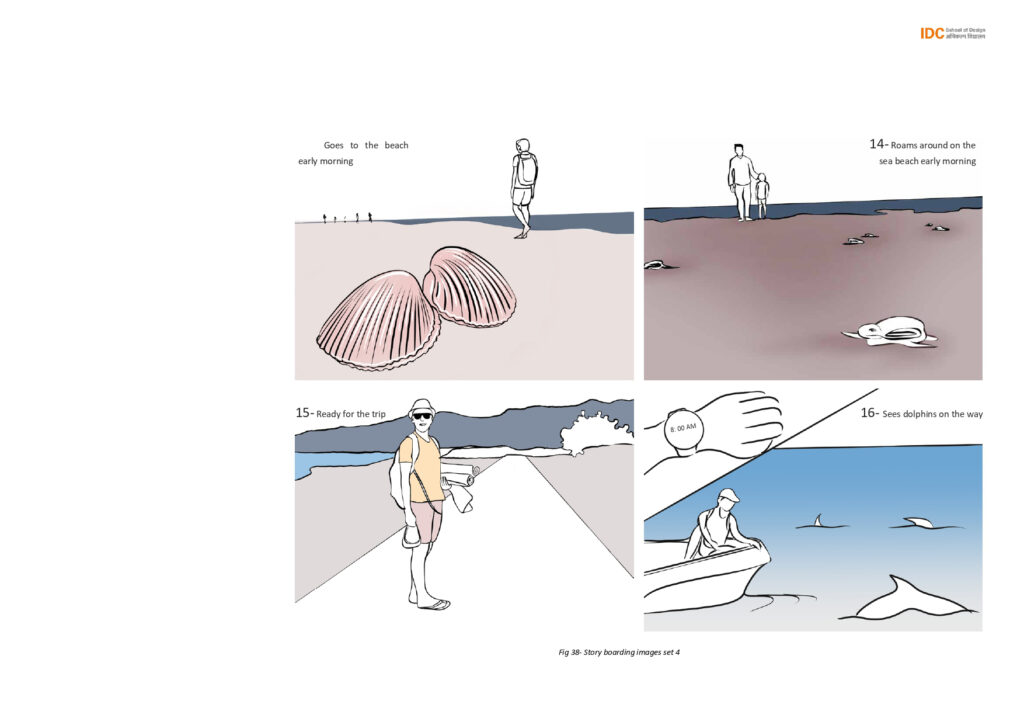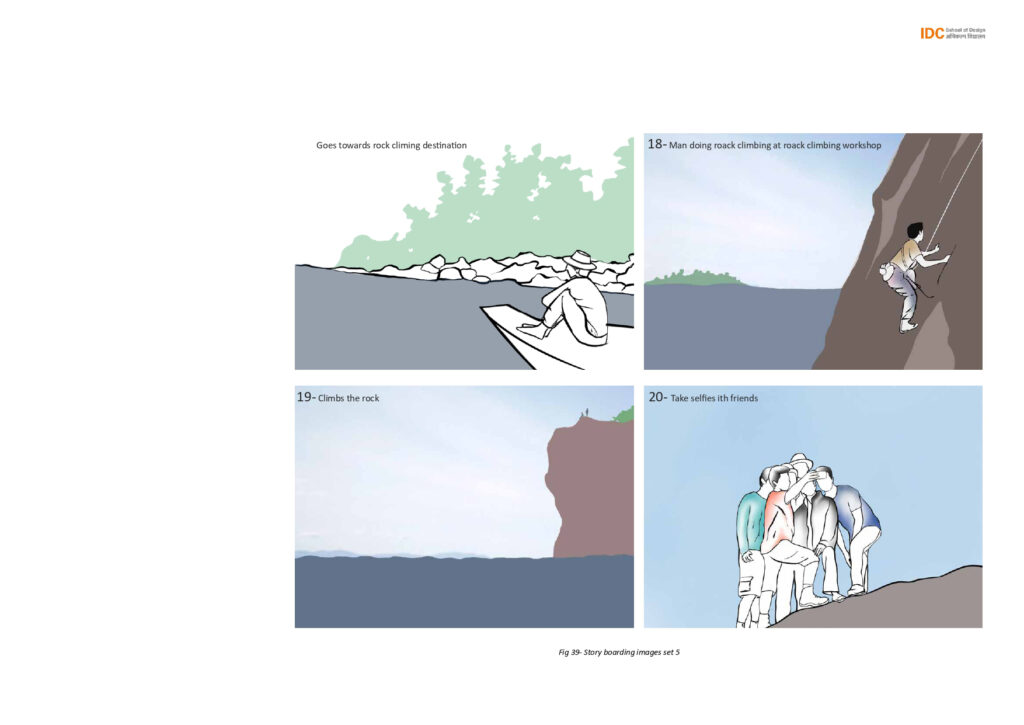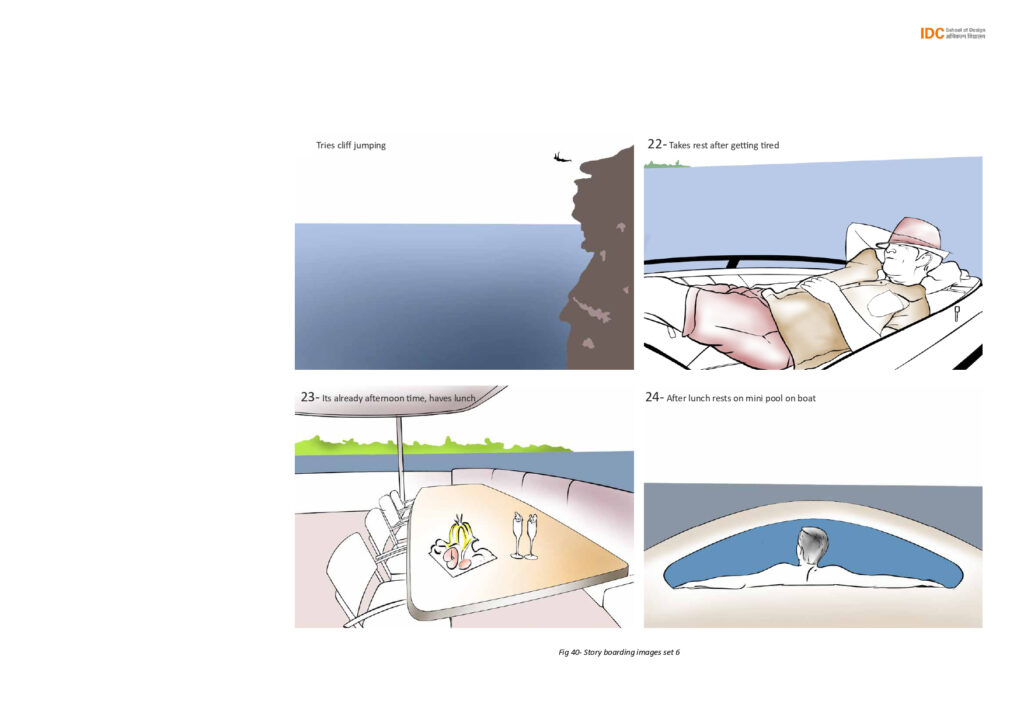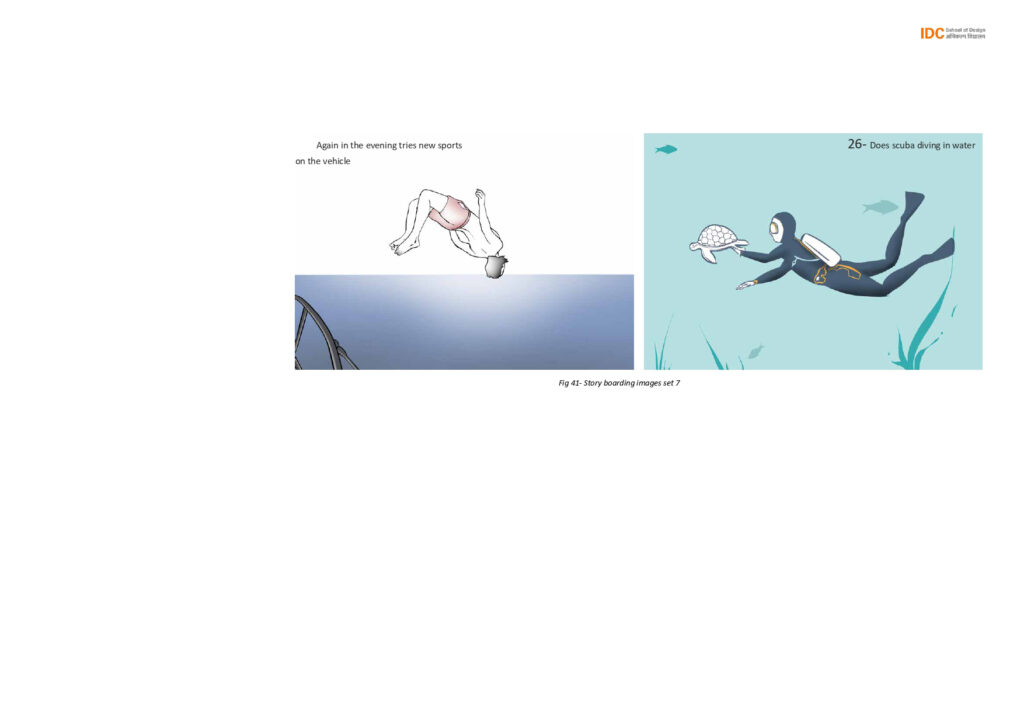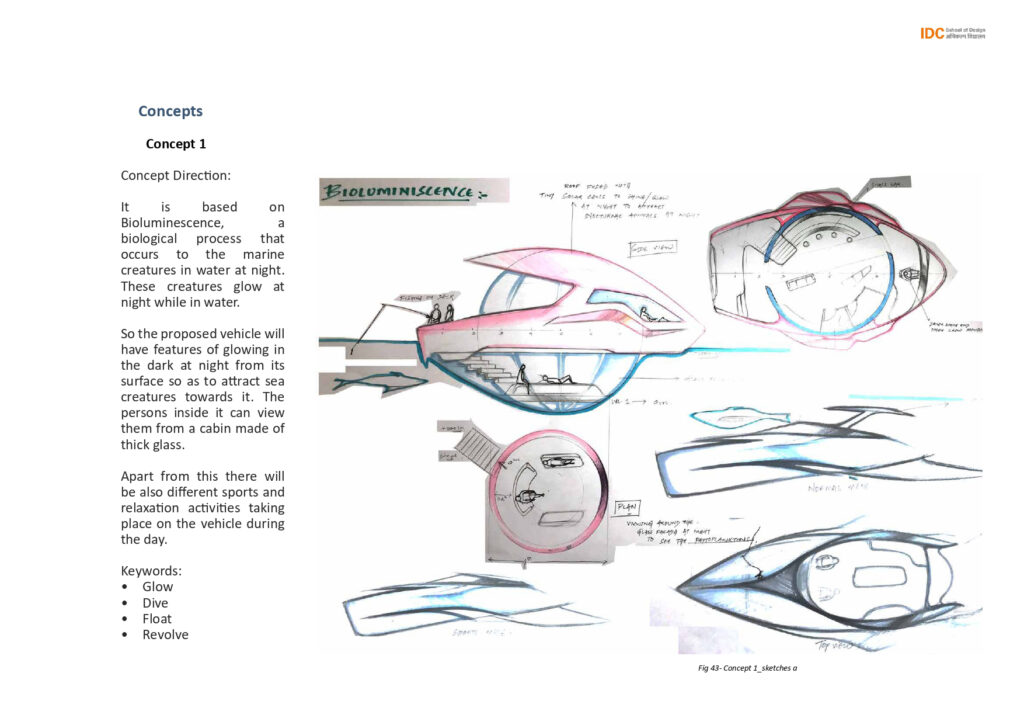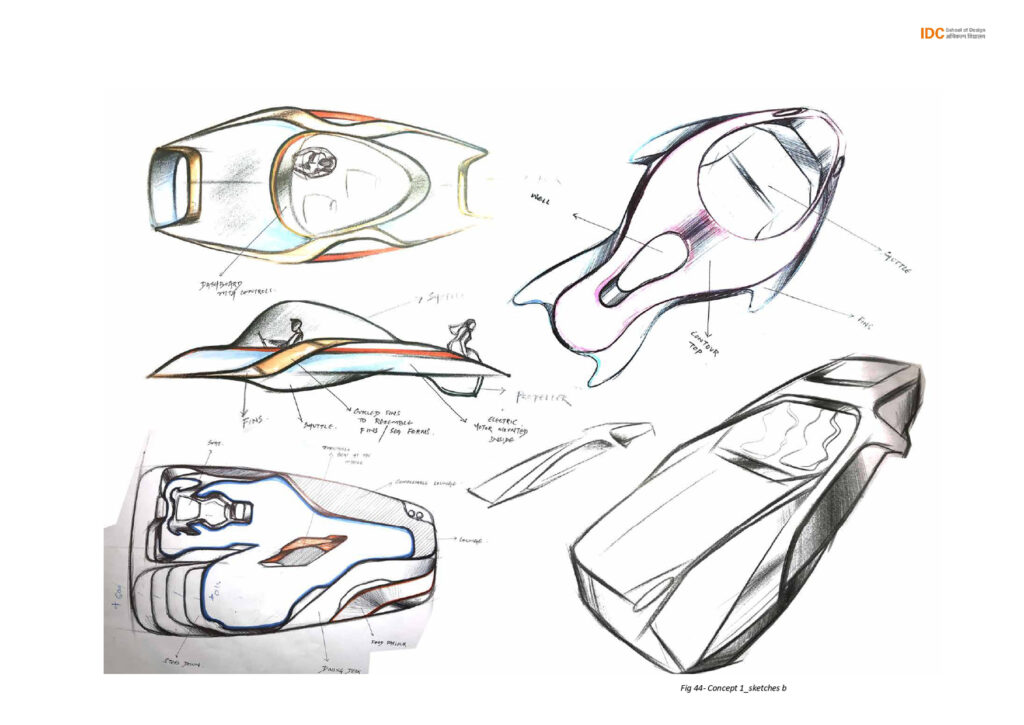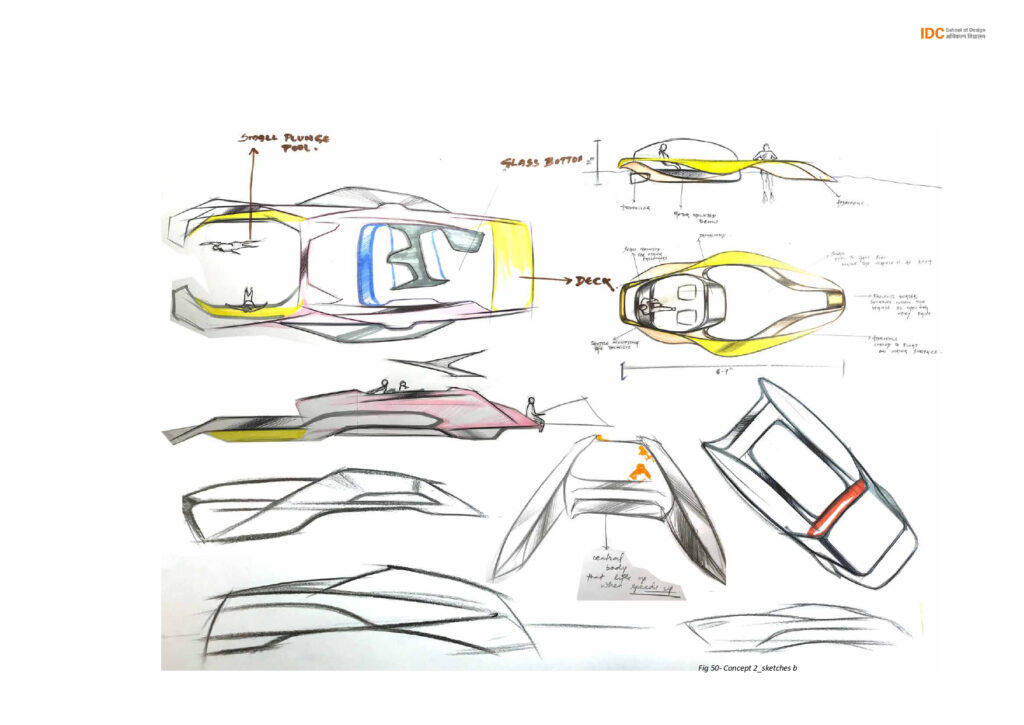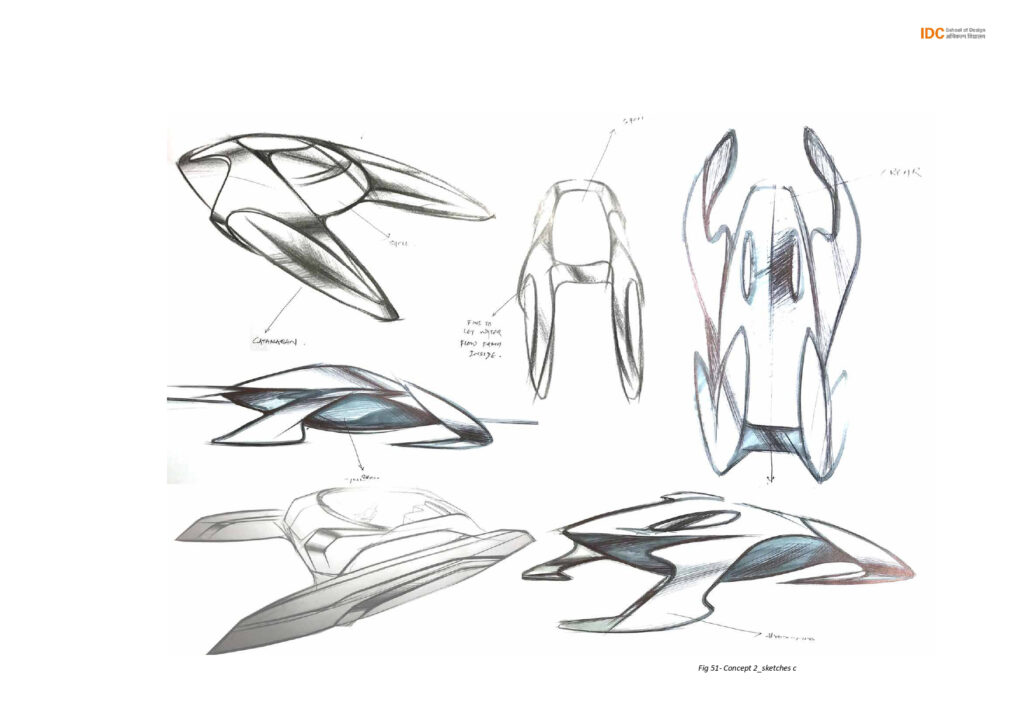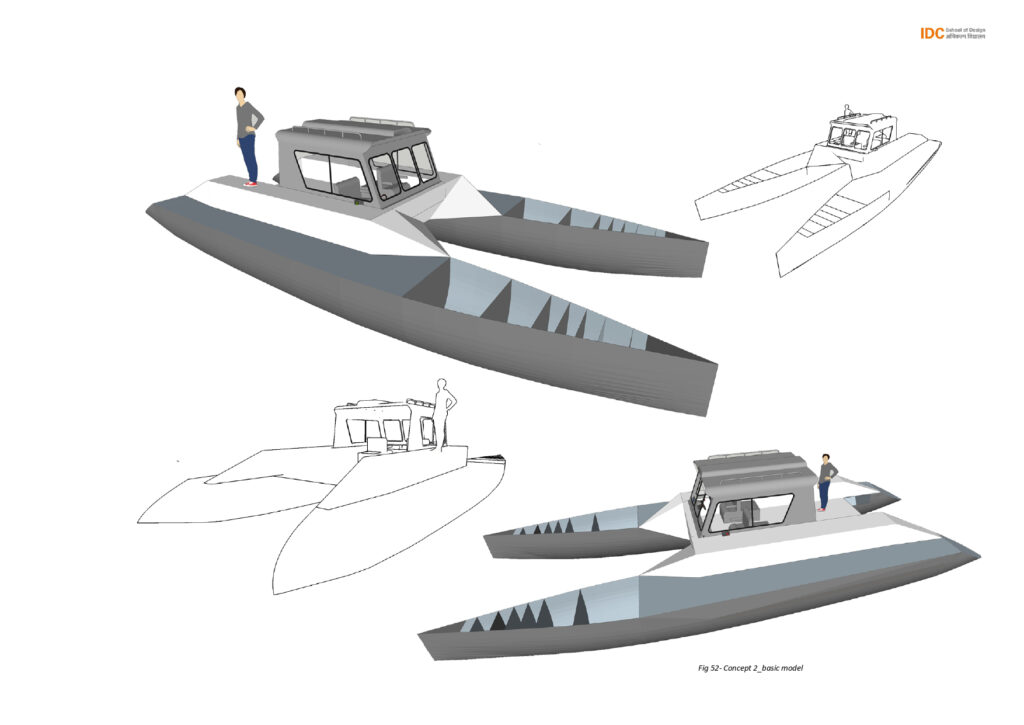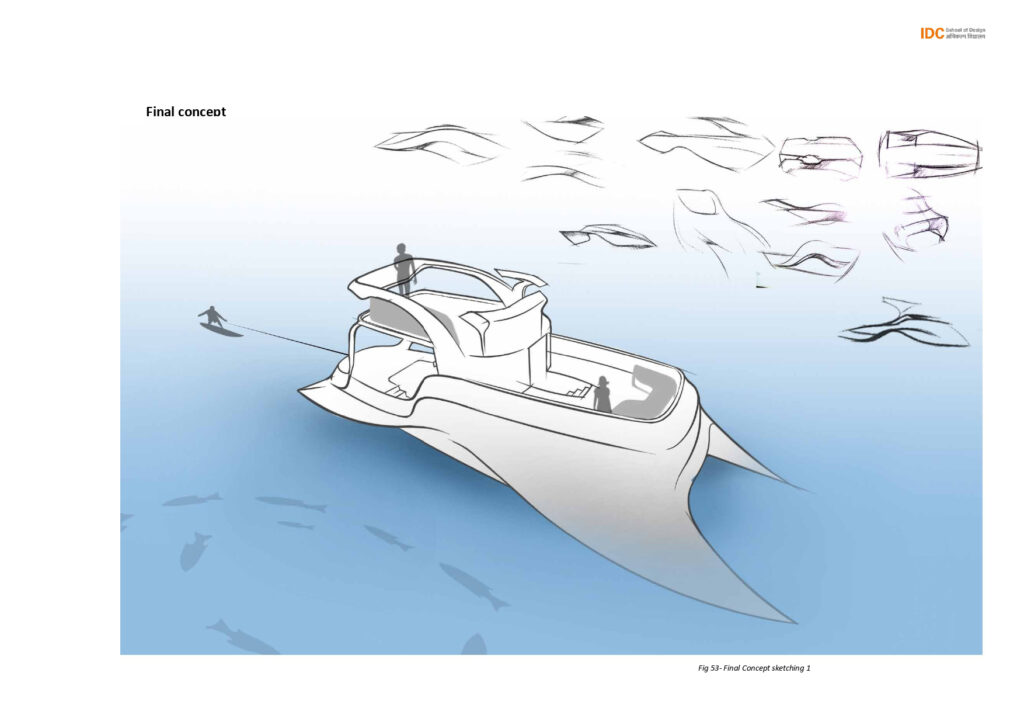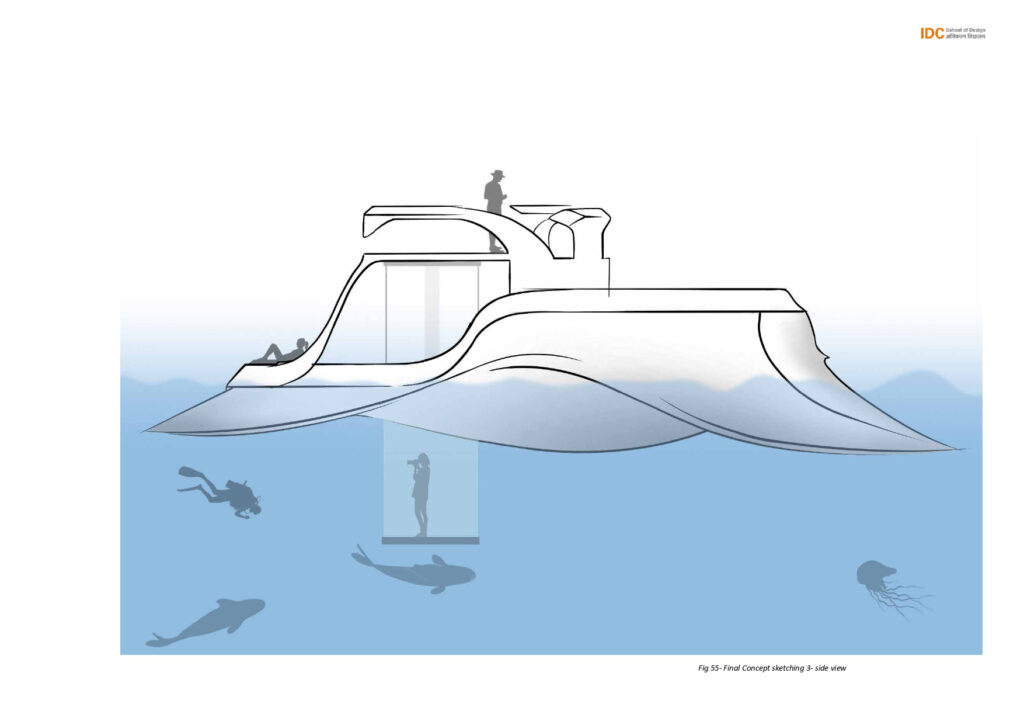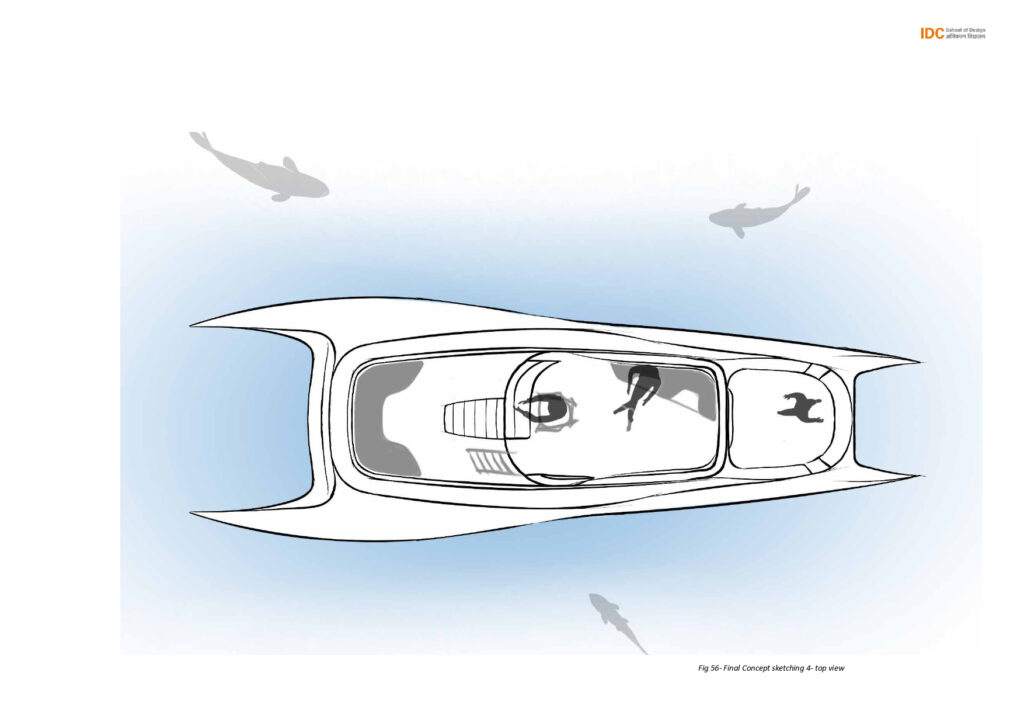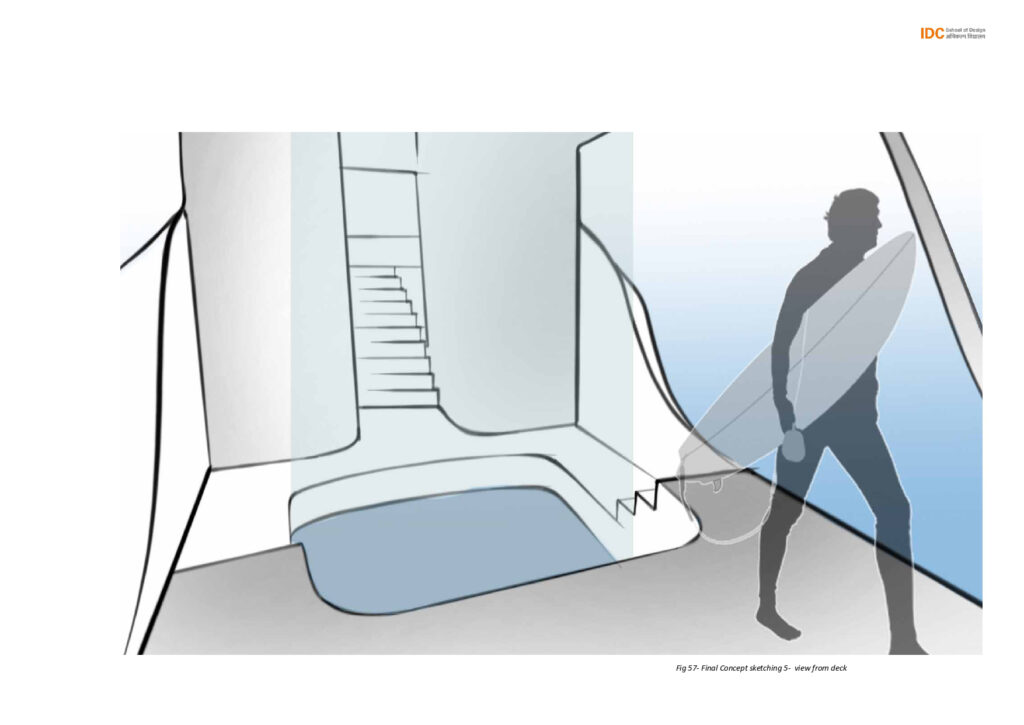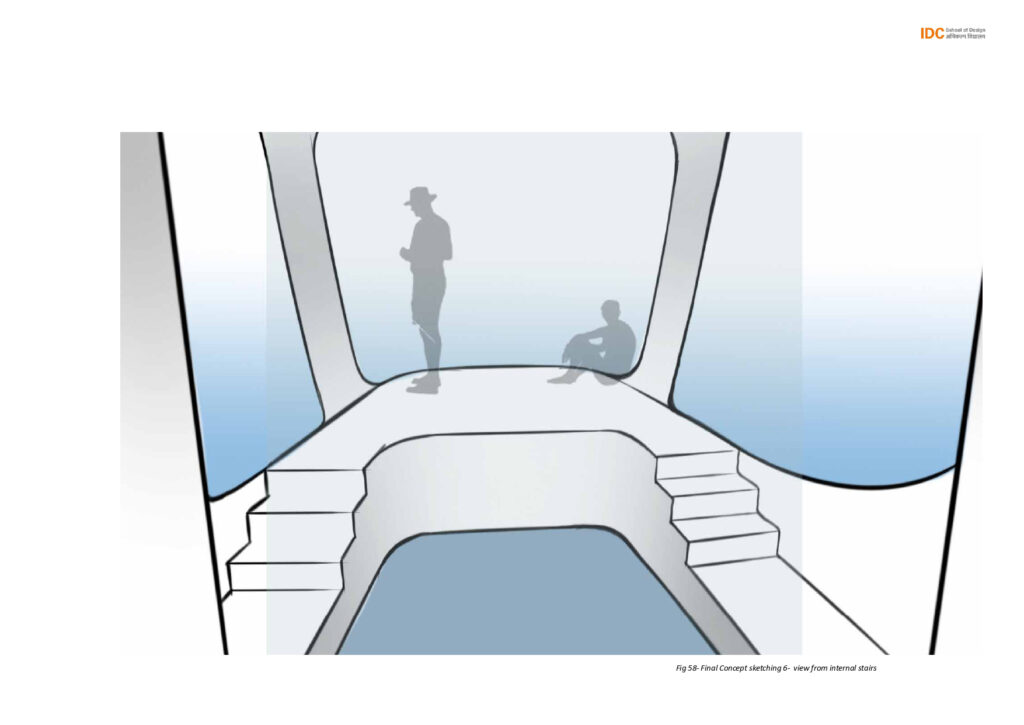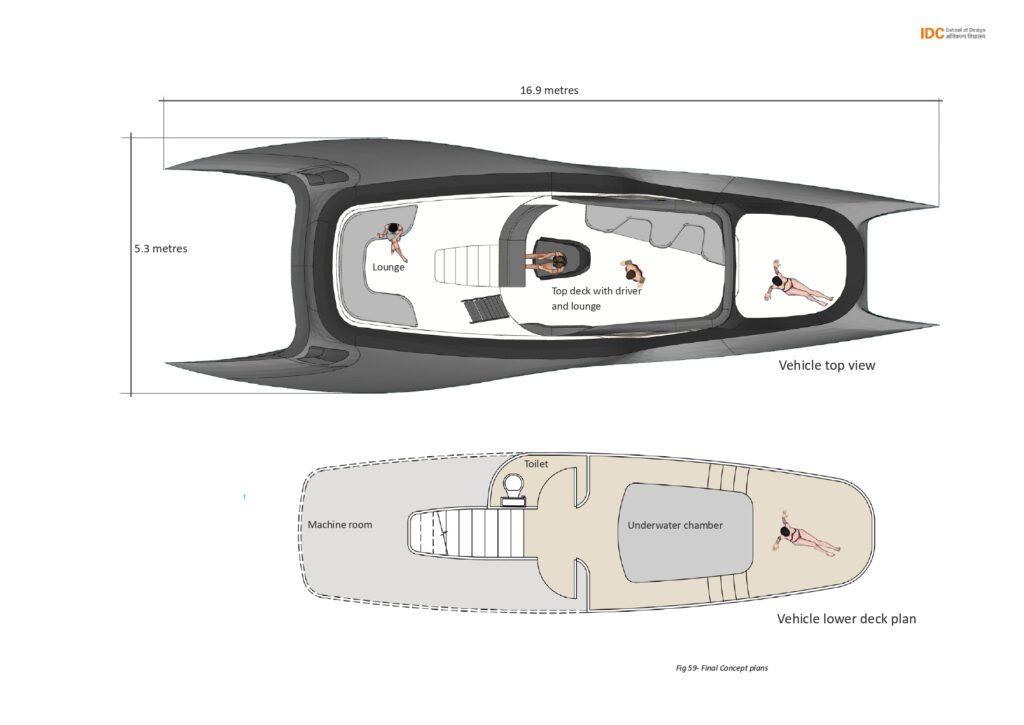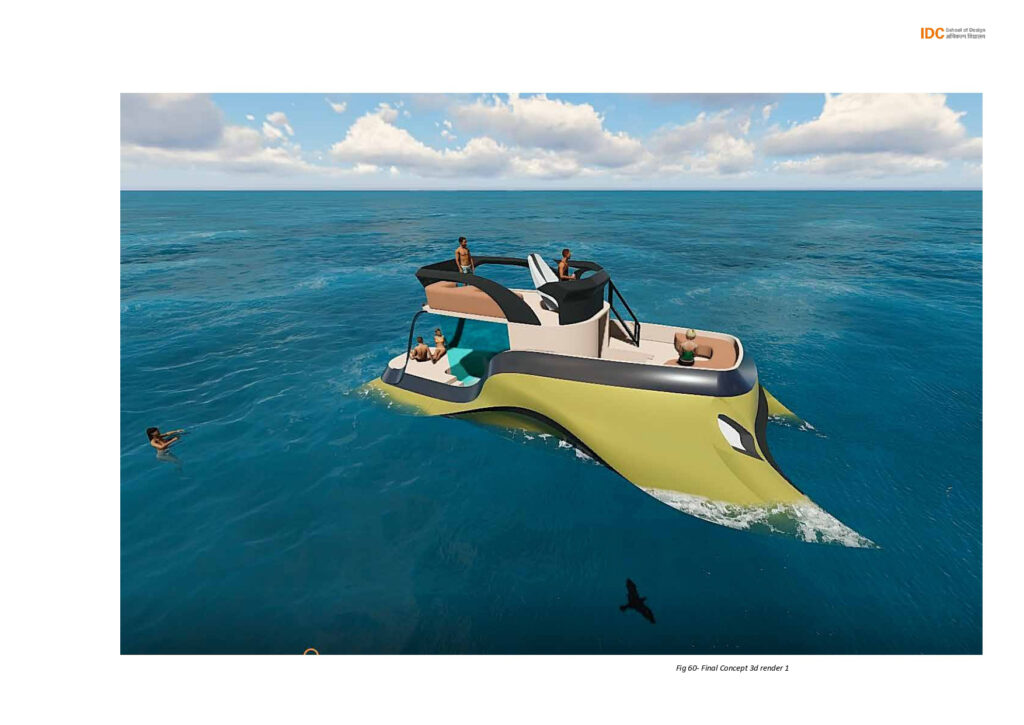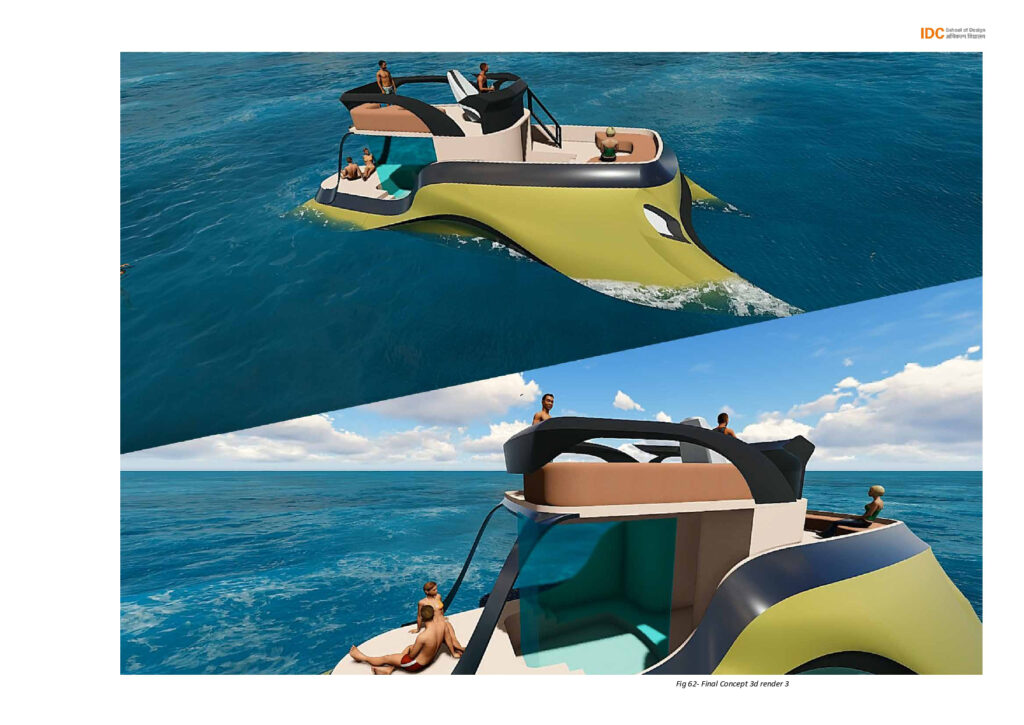Travelling is one of the most natural habits of human beings since ages. We travel for
various reasons such as for job, for food, for security, for entertainment, for meeting
friends and relatives, etc. This innate habit has made us reach every corners of the
world. We have built nations, states, colonies, houses etc just by travelling. One such
example Vasco Da Gama the first person from Europe who came to India by sea route
in discovered 1497. What might be the reason for him to come this far from his home
country? There must be something we as humans have always seeked for. The answer
to it is “to explore”.
We travel to sea beaches to worship the vastness. Man has always been attracted
towards water bodies since ages. The ocean was is also something to fish in, drown in
or (hopefully) cross. The idea of relaxing there wasn’t really a thing. It began, as most
trends do, with the rich and powerful. In fact it was England, sitting all the way at the
top of the Atlantic Gulf Stream, that popularised the beach holiday.
Most of the people today travel to coastal destinations for holiday trips with their friends
or families. They go there, explore different activities on water, eat sea food, do parties
and after a week or more come back into thier earlier lifestyle.
The statistical data says that the maximum number of people who travel to sea beaches
are young adults. This group is the among the most muscular and energetically fit to
do different physical activities in and on water. So the project was to make a vehicle for
such group of people to experience life on water.
Submitted by: Sibananda Sahoo, MDes (2018-20), IIT Bombay
Guided by: Prof. Sugandh Malhotra



